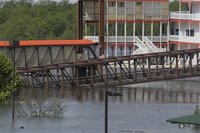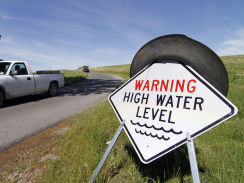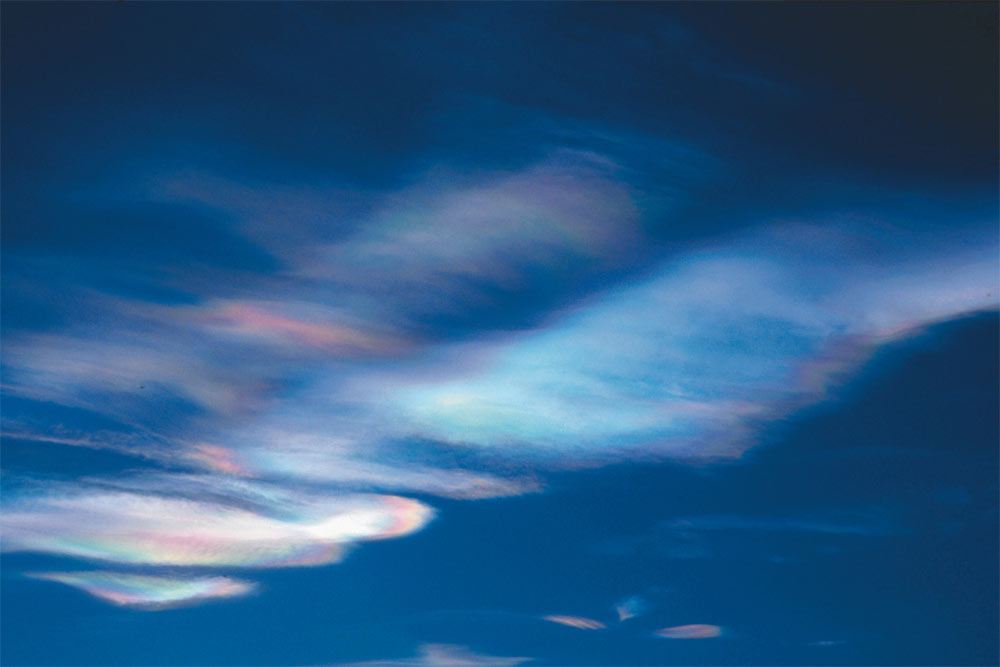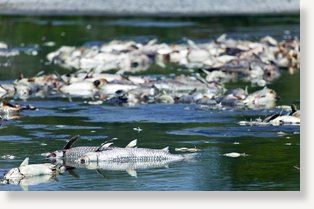Memphis - Parts of the Mississippi Delta are beginning to flood, sending white-tail deer and wild pigs swimming to dry land, submerging yacht clubs and closing casino boats, and compelling residents to flee from their homes.
The sliver of land in northwest Mississippi, home to hardship and bluesman Muddy Waters, is in the crosshairs of the slowly surging river, just like many other areas along the banks of the big river.

© Associated Press/Rogelio V. SolisA walkway to the Lighthouse Point Casino lies underwater as the waters in Lake Ferguson begin to rise as does its feeder source, the Mississippi River, May 5, 2011 in Greenville, Mississippi.
To points much farther north, thousands face the decision of whether to stay or go as high water kept on rolling down the Mississippi and its tributaries, threatening to soak communities over the next week or two. The flooding is already breaking high-water records that have stood since the 1930s.
"We're getting our mamma and daddy out," said Ken Gelston, who helped pack furniture, photos and other belongings into pickup trucks in Greenville, Miss.





Comment: Still think smoking is to blame for lung cancer? Could the truth be more revealing? They are blaming the victims for their own evil...
Also, see SOTT's Best of the Web A Time-Lapse Map of Every Nuclear Explosion Since 1945.